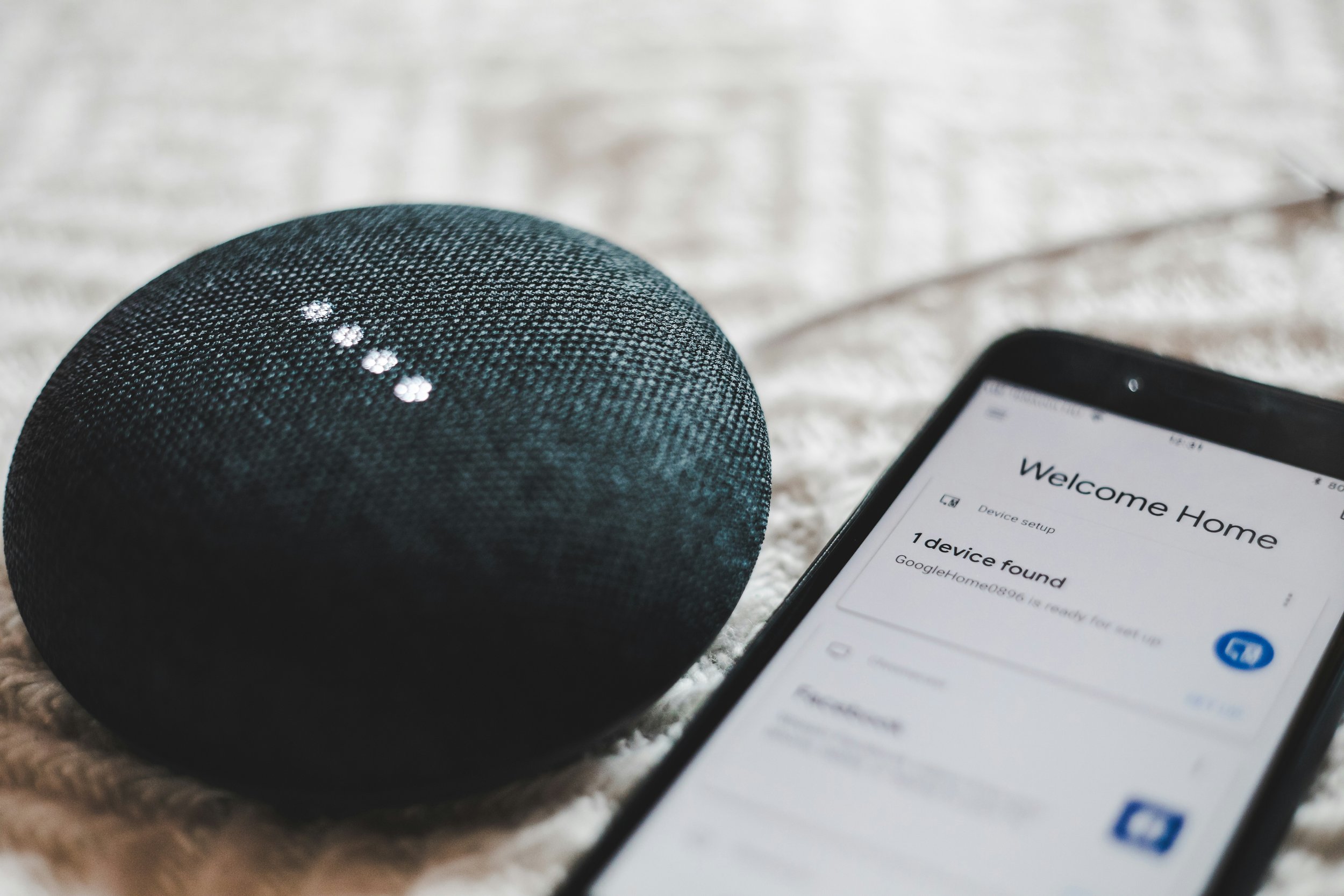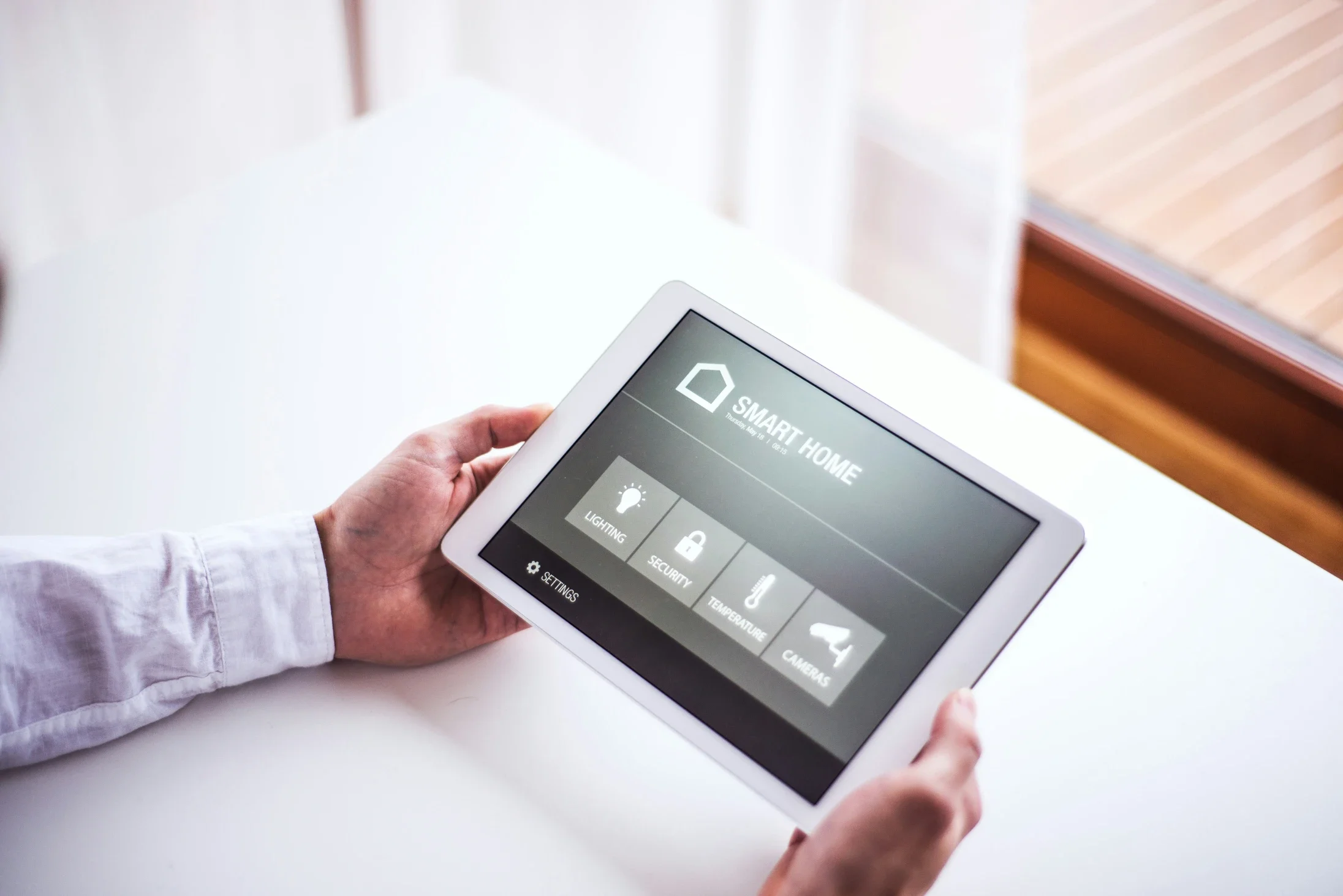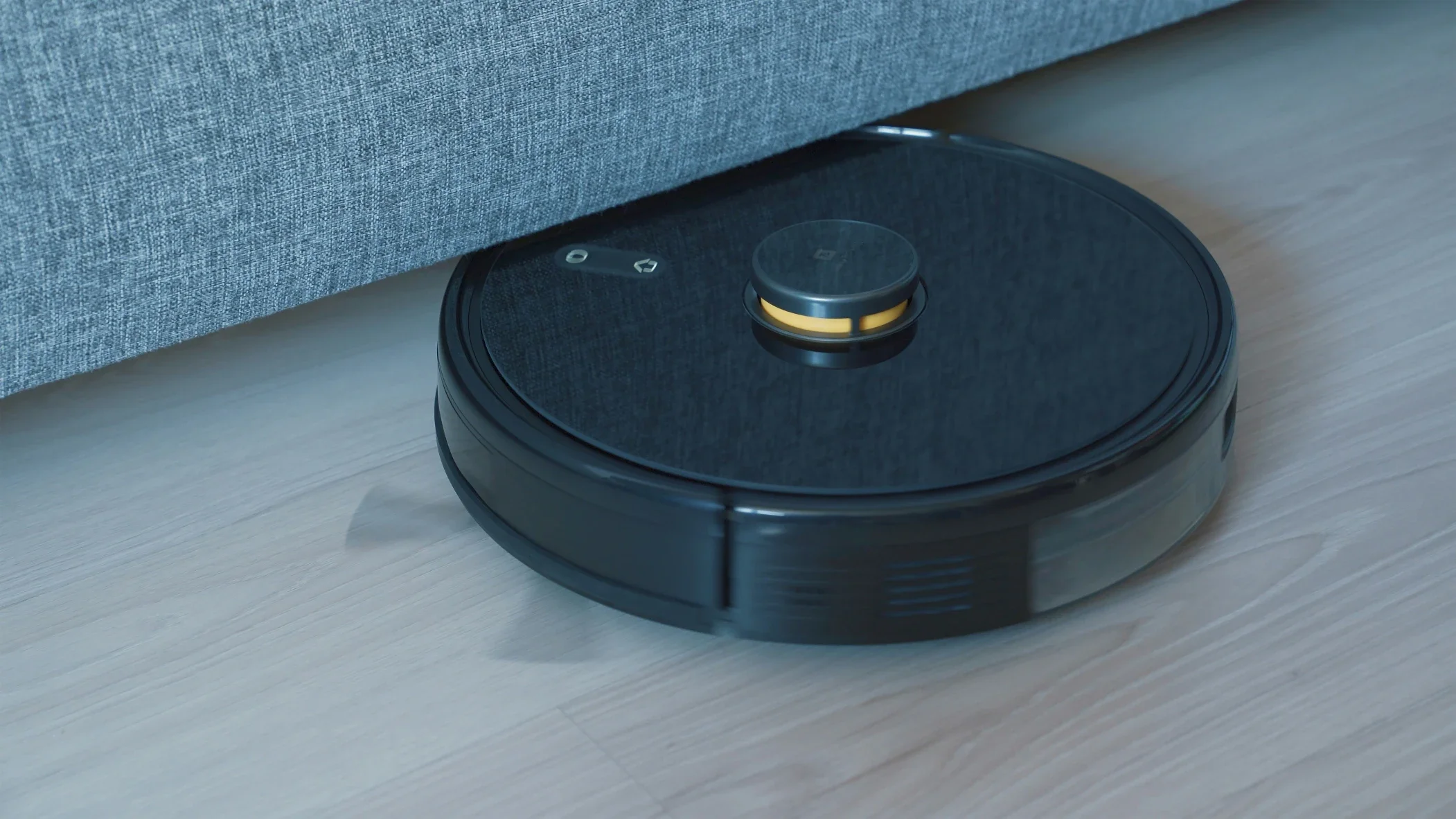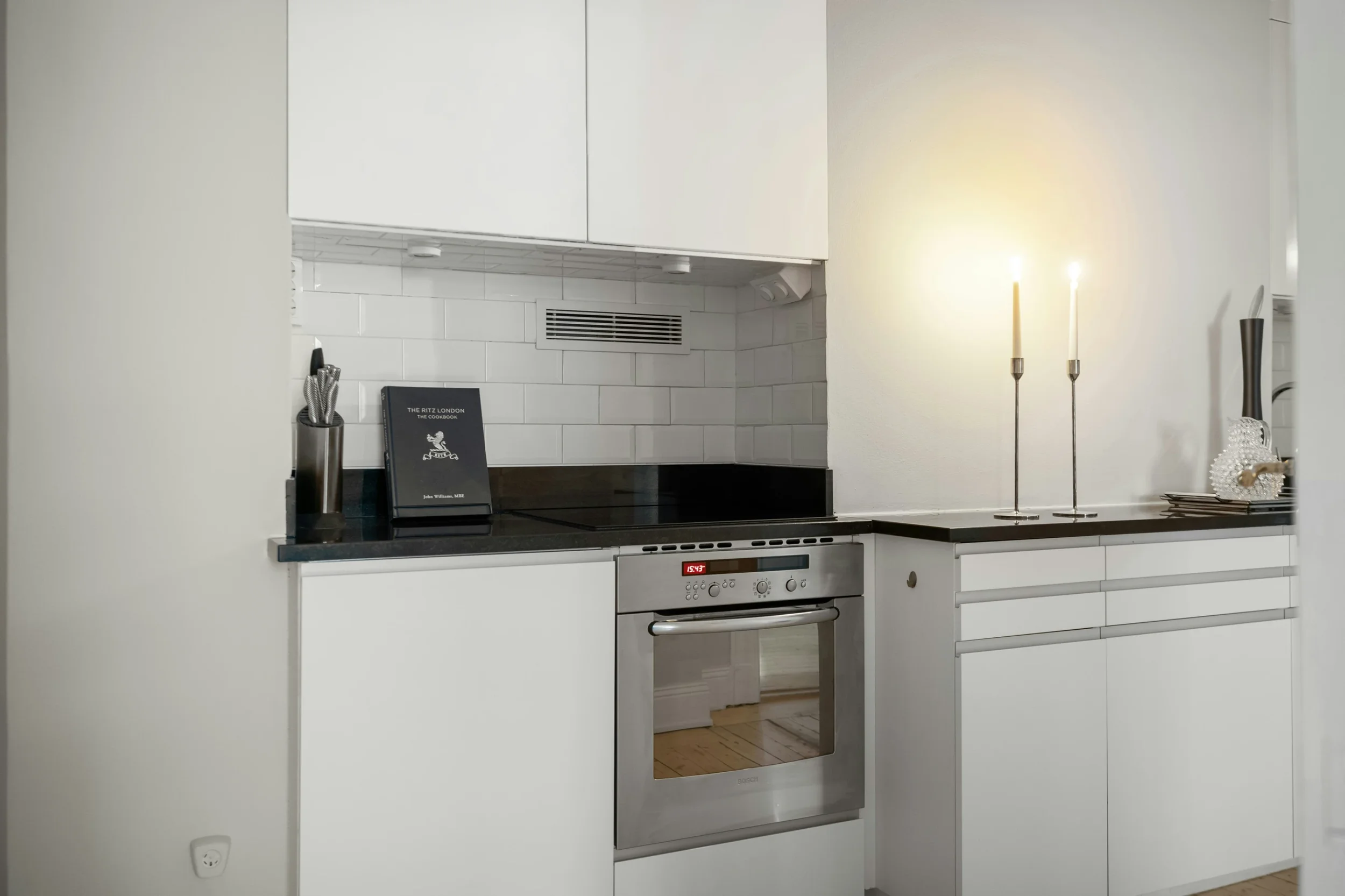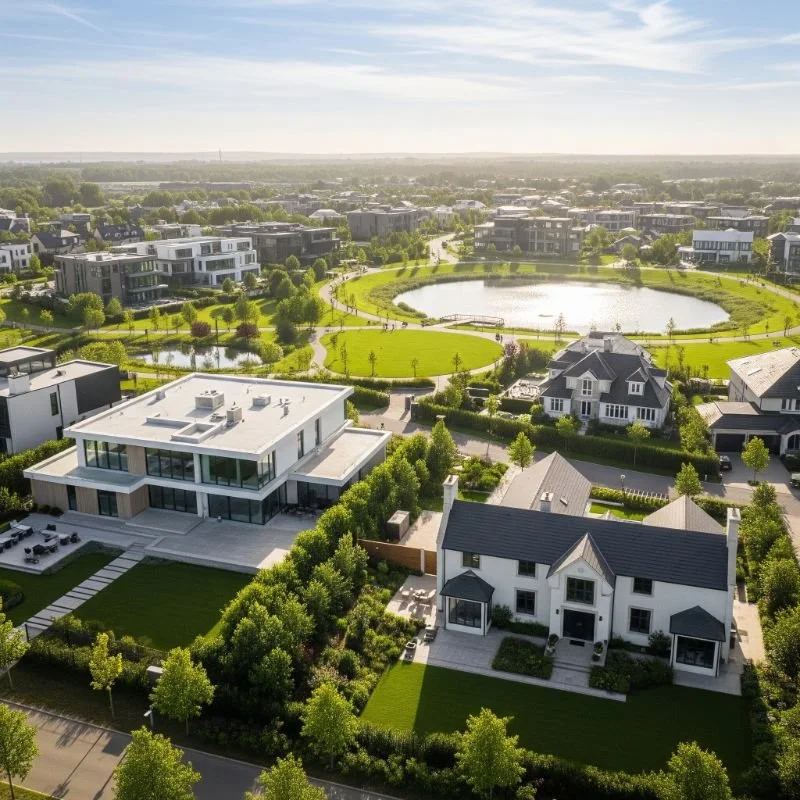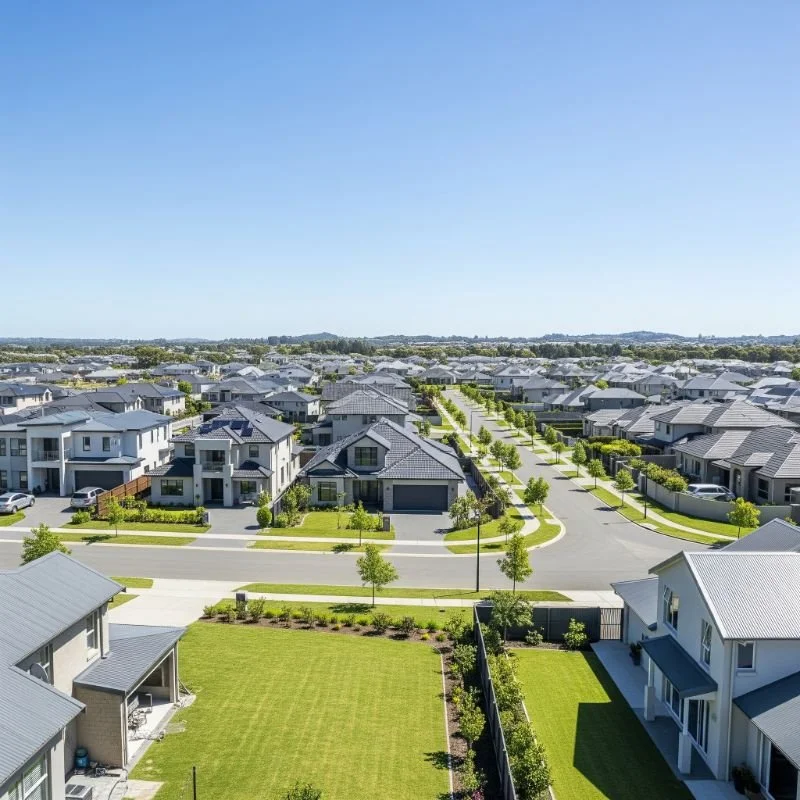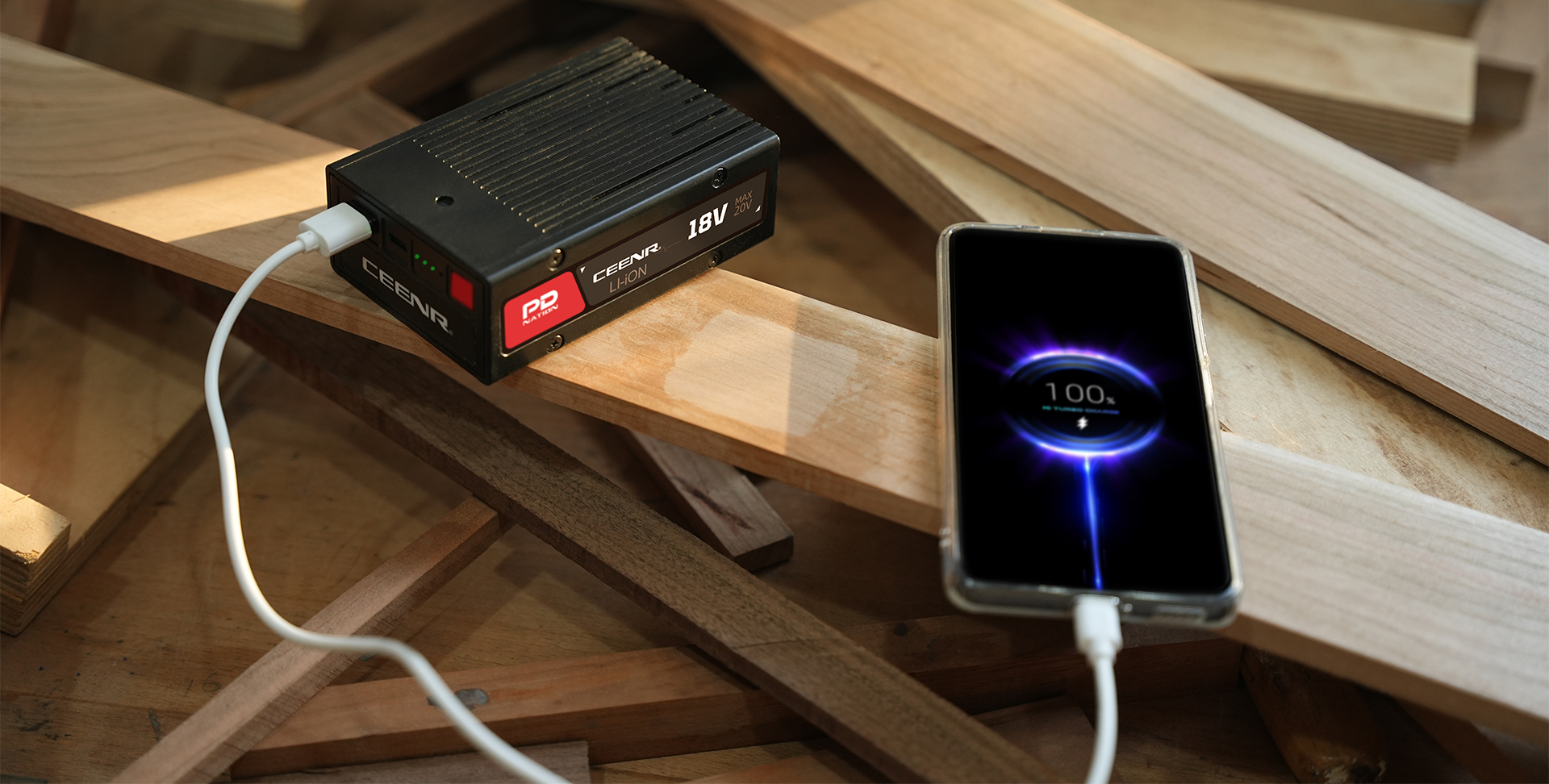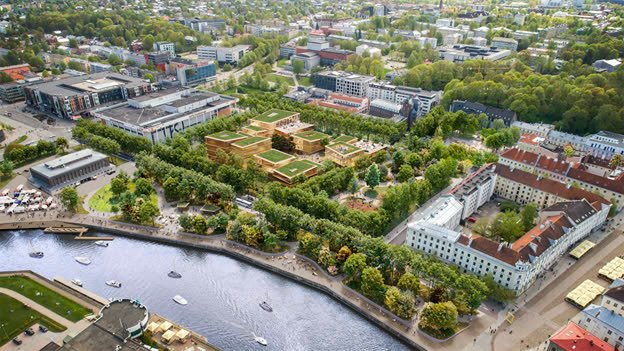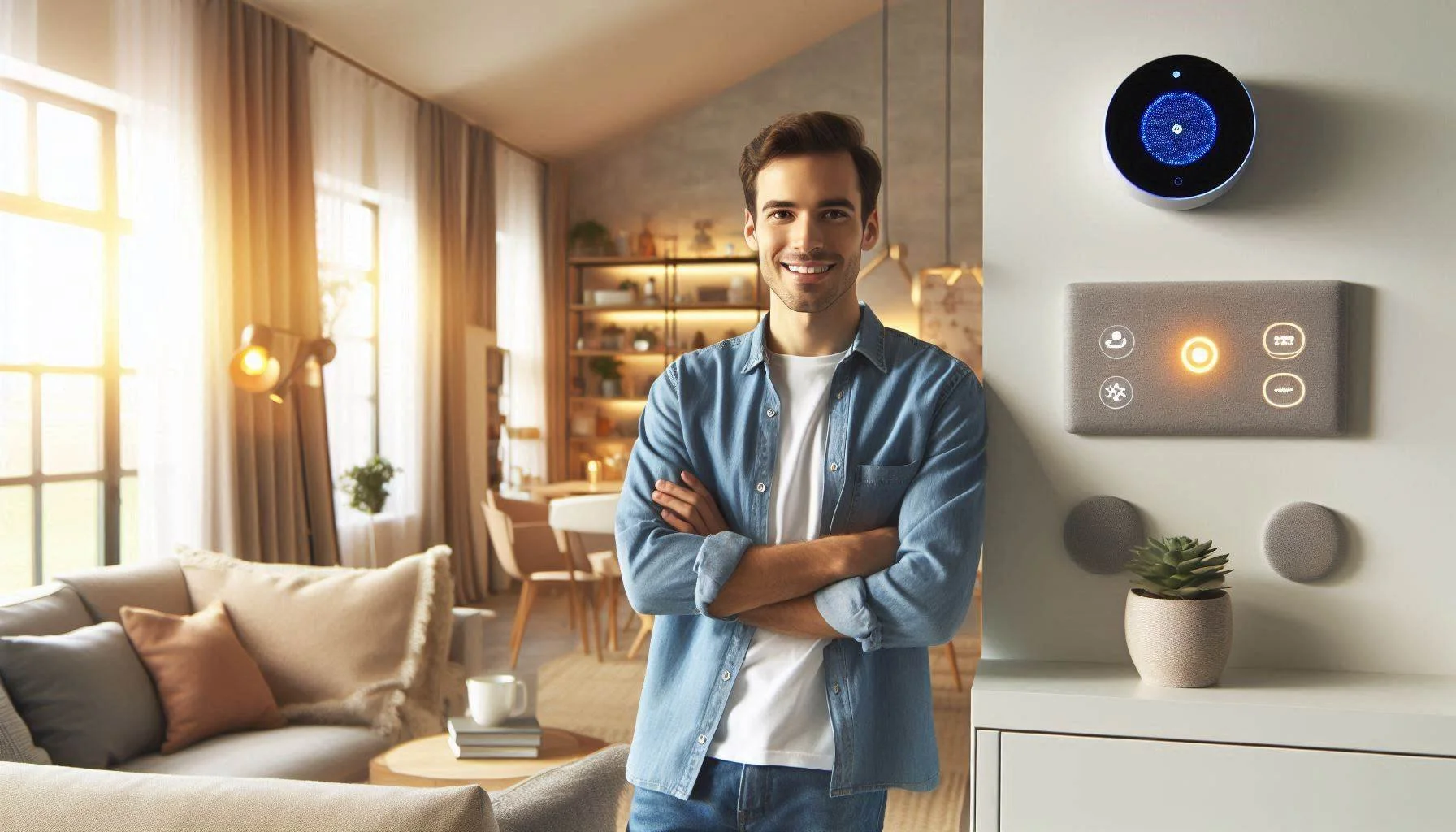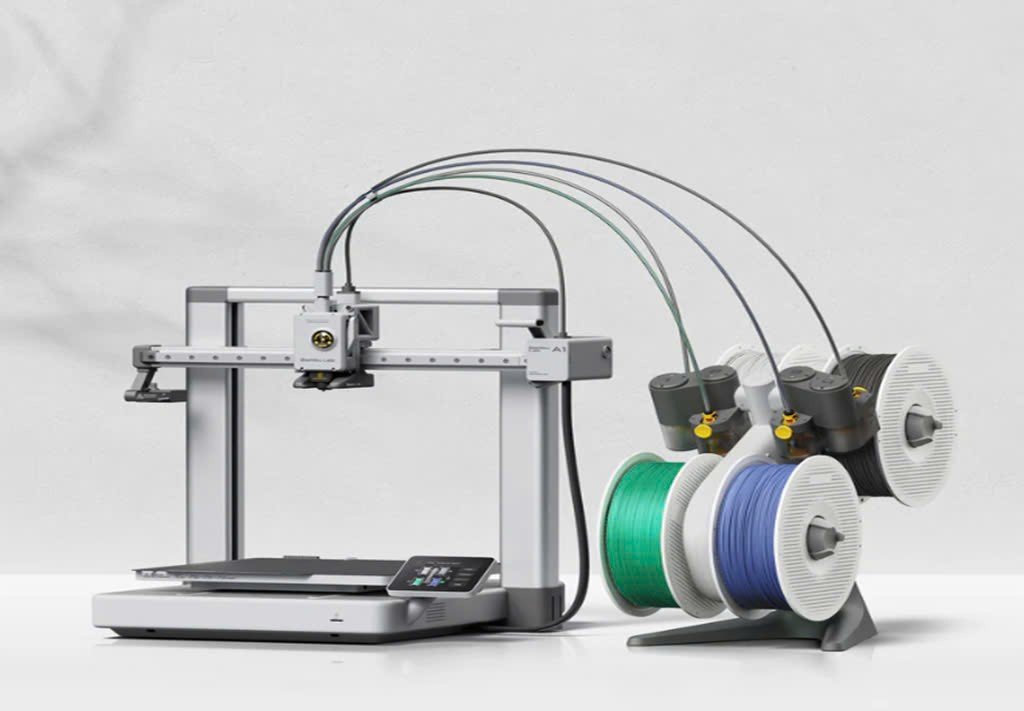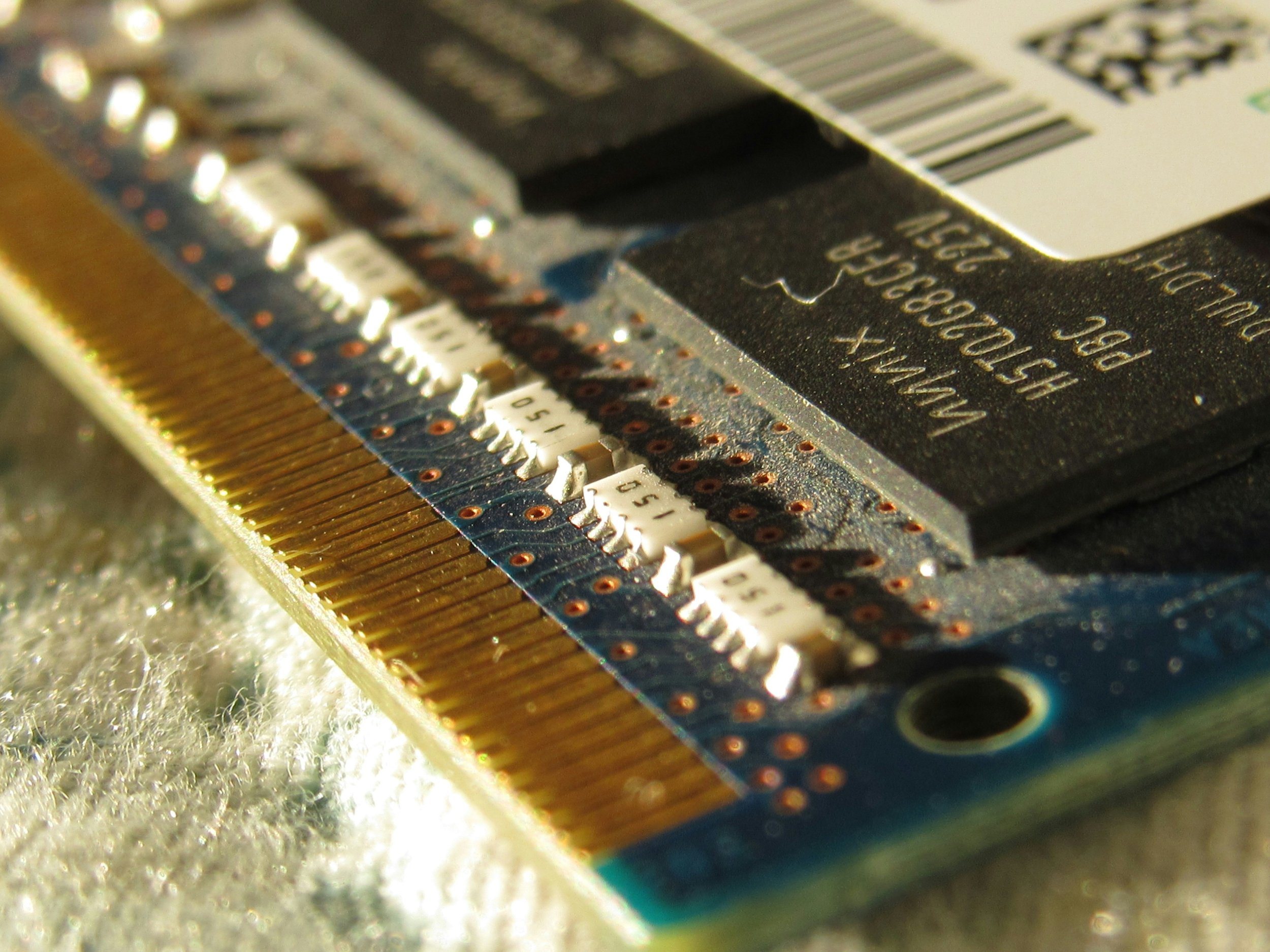Smart Home Upgrades that Pay for Themselves
Discover smart home upgrades that boost comfort, increase energy efficiency, and offer long-term savings—worth every penny.
Home technology investments often come with significant upfront costs that can make even tech enthusiasts hesitate before purchasing.
However, many smart home upgrades actually function as investments rather than expenses, paying for themselves over time through energy savings, reduced utility bills, and increased property values.
The right smart home technologies balance initial costs with long-term savings, creating both immediate lifestyle improvements and financial benefits. Understanding which upgrades offer the best return on investment can help homeowners make strategic decisions about where to allocate their home improvement budgets.
Energy Management Systems
Among the most financially rewarding smart home investments are comprehensive energy management systems that monitor and optimize electricity usage throughout your home.
These systems can be paired with solar battery storage solutions that capture excess energy during low-usage periods and deploy it during peak demand times when utility rates are highest.
The combination of real-time monitoring and intelligent energy storage often reduces electricity bills for the average household.
Advanced systems can automatically shift energy-intensive activities to off-peak hours and identify energy-wasting appliances or behaviors.
Smart Thermostats and HVAC Controls
Heating and cooling typically account for nearly half of home energy usage, making this category a prime target for smart upgrades with quick payback periods. Smart thermostats learn your schedule and preferences over time, automatically adjusting temperatures to reduce waste while maintaining comfort.
The most advanced models incorporate occupancy sensing, weather forecasting, and multi-room temperature monitoring to optimize HVAC performance.
They can detect when a room is unoccupied or when outdoor temperatures make natural ventilation more efficient than mechanical cooling. These devices typically save homeowners 10-15% on heating and cooling costs annually.
Water Conservation Technology
Smart water management represents an often overlooked category with significant savings potential.
Smart irrigation controllers adjust watering schedules based on weather conditions and soil moisture, typically reducing outdoor water usage by 20-50% compared to timer-based systems.
Inside the home, smart water monitors attach to your main water line to track usage patterns and detect leaks as small as a dripping faucet. These devices can immediately alert homeowners to potential problems, preventing costly water damage and waste.
Some advanced systems can automatically shut off water flow when unusual patterns are detected, providing protection even when you're away from home.
Smart water heaters with vacation modes, leak detection, and usage learning capabilities optimize one of the home's most energy-intensive appliances.
By heating water only when needed and at appropriate temperatures, these systems can help to reduce water heating costs while extending equipment lifespan.
Intelligent Lighting Solutions
Smart lighting systems dramatically reduce electricity consumption through a combination of LED lights, occupancy-based control, and strategic dimming. Motion sensors ensure lights operate only when spaces are occupied, while daylight sensors automatically adjust artificial lighting levels based on available natural light.
The most sophisticated systems incorporate circadian rhythm programming that matches light color temperature to the time of day, potentially improving sleep patterns and productivity while still maintaining energy efficiency.
Strategic dimming—reducing light levels by just 10-20% in areas where full brightness isn't necessary—creates additional savings without compromising visibility.
Smart Appliance Integration
Modern smart appliances—from refrigerators to washing machines—incorporate numerous efficiency features that reduce both energy and resource consumption.
Smart refrigerators optimize defrost cycles and compressor operation, while connected washers adjust water levels based on load size and fabric type.
Many smart appliances can schedule operation during off-peak utility rate periods, automatically running dishwashers or charging electric vehicles when electricity costs are lowest.
This time-shifting capability becomes increasingly valuable as utilities implement time-of-use pricing structures that charge premium rates during high-demand periods.
The Economics of Smart Living
The financial benefits of smart home technology extend beyond direct utility savings to include less obvious advantages like increased property values, improved insurance rates, and extended equipment lifespans.
As these systems become more sophisticated and interconnected, their combined efficiency impact often exceeds the sum of individual component savings.
The most successful smart home implementations balance immediate functional improvements with long-term financial returns.
By prioritizing upgrades that enhance both daily living experience and economic efficiency, homeowners can create living environments that serve both their immediate comfort and their future financial well-being.
